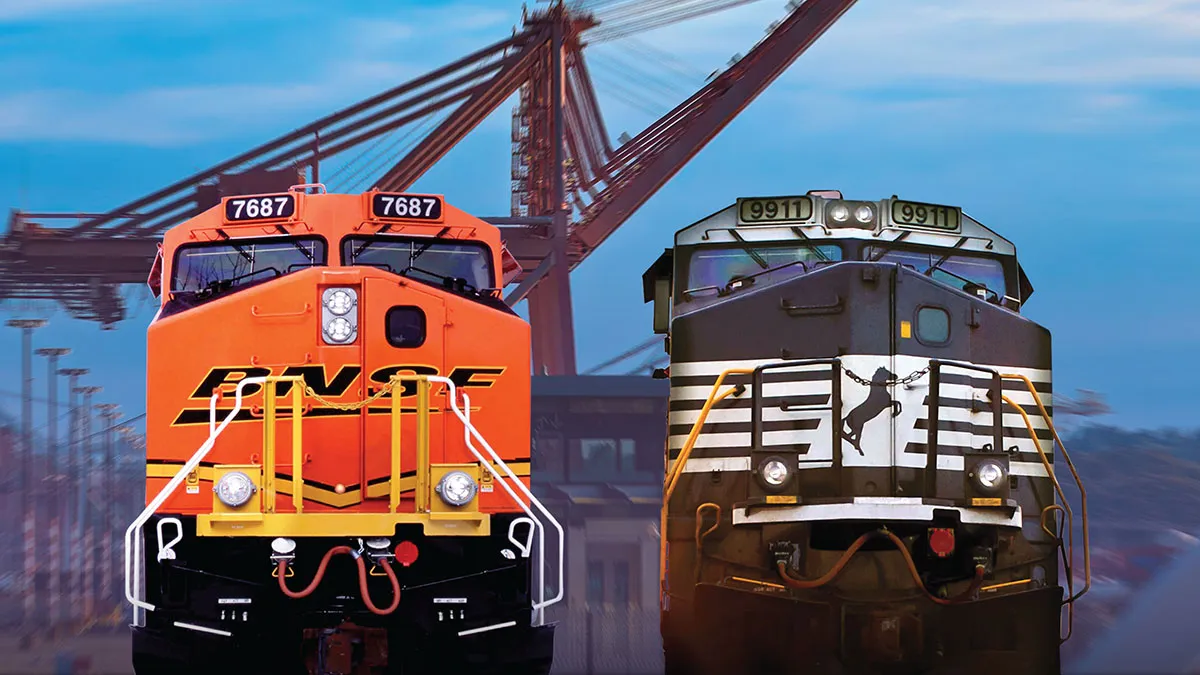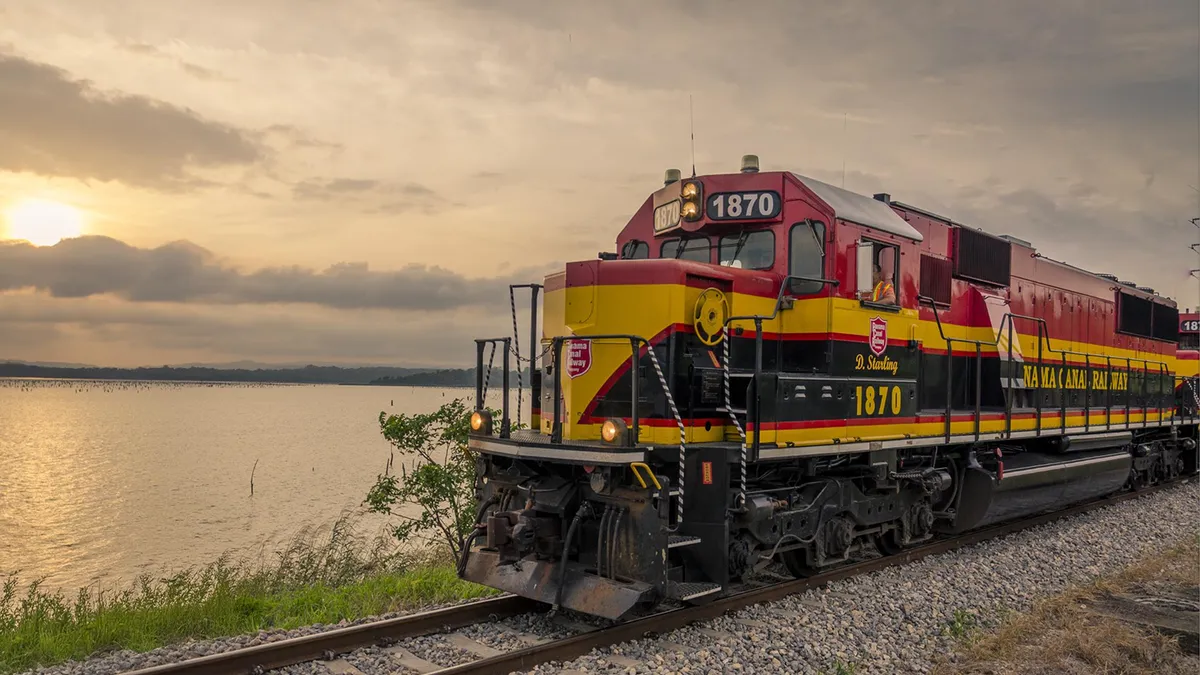Railroads and shippers, when in a room together, are like family at the holidays. Poke either too hard and age-old grievances tumble out. The dinner table discussion at their most recent gathering, a two-day marathon hearing at the Surface Transportation Board (STB) last week, was railroad revenue.
The topic has been a core concern of railroad regulators for more than 100 years. In the age of precision-scheduled railroading (PSR), wherein railroad revenues have been climbing seemingly divorced from the trend of falling rail volume, the STB review of the "revenue adequacy" standard suggests concern that these profits warrant a closer look at the rates behind them.
But why does railroad revenue matter to shippers in the first place? Railroad revenue is a benchmark the STB uses to administer recourse for shippers claiming unfair pricing by the railroads.
New times, new rules
The STB’s Rate Reform Task Force conducted months of shipper and railroads interviews and released a report to the board in April outlining proposed changes to how the body oversees rail rates. Defining "revenue adequacy" is an important element in this oversight.
The report points out, as shippers frequently do, that Wall Street is increasingly interested in railroads for their growing profitability. The downside of this success, argues the task force, is a prerogative to ignore any load that does not contribute to it.
"Many shippers find railroads largely uninterested in their business; many shippers feel that they have little bargaining power with respect to the contracts they are offered," reads the report, adding, many shippers feel they have less recourse available to them today than their 19th-century predecessors.
But today, most shippers are no longer without freight options. The trucking industry has reached maturity and offers a real alternative to rail transport, forcing the Class I's to compete with trucks.
Keeping railroad revenues in check
A minority of rail shippers are still considered captive, without alternative freight options, and the STB retains the right to review rates and set a maximum when deemed necessary.
The STB proposed a new rule in September defining a captive shipper as:
- Having no barge or competitive rail service available.
- Trucks are used for less than 10% of the "movements" in question over 10 years.
- Origin to destination exceeds 500 miles.
- The price exceeds 180% of market-rate set by an STB formula.
The concept of "revenue adequacy" determines what a railroad may charge in the case of a captive shipper. Captivity (or "market dominance" as is the modern term) has a new STB definition, but revenue adequacy does not — hence last week’s hearings.
"Many shippers find railroads largely uninterested in their business."

STB’s Rate Reform Task Force Report
Revenue adequacy, under the task force’s proposal, would be defined as enough revenue to sustain the "economical and efficient" operation of the railroad presently and in the future, plus a reasonable profit, return on capital or both.
Long-term revenue adequacy (maintained through an economic recession) would trigger a "rate increase constraint" wherein rates will be capped to contribute to the continued financial health of the railroad, but no higher.
"In other words, captive shippers should not be required to continue to pay differentially higher rates than other shippers when some or all of that differential is no longer necessary to ensure a financially sound carrier capable of meeting its current and future service needs,” reads the report.
The task force offered the following proposals (among others) in its report, which it said should not jeopardize the railroads’ financial health:
- Base rate reviews on the actual cost to operate rather than a theoretical one.
- Create separate rate standards for revenue-adequate and non-revenue-adequate railroads.
What's next?
The task force's recommendations are just that — suggestions. The April report doesn’t automatically factor into the STB’s rule-making process, and the task force described the proposals as a menu from which the STB can ultimately choose what to implement, which the board is now considering.
The report itself caused quite a stir. Proponents of new revenue adequacy rules feel at the mercy of carriers they see as devoted to Wall Street and not customers, and detractors see the STB as reverting to old ways of aggressive regulation with no real cause, potentially punishing profitable private businesses for their success.
The railroads are against such changes.
"Broadly speaking, we hope policymakers do not view our industry’s improved financial health as a sign of market failure that demands the return of ineffective regulation," wrote Ian Jeffries, President of the Association of American Railroads, in a letter to Congress dated Dec. 12.
"Railroads are not public utilities and should not be regulated as such."

Ian Jeffries
President, Association of American Railroads
The AAR suggested if the STB adopted a cap on rates, it could disrupt the flow of goods.
"There is no rational way to connect overall firm-wide earnings with a determination of whether a single rate for a single customer is reasonable. Railroads are not public utilities and should not be regulated as such," wrote Jeffries.
Shippers are generally in favor of new revenue rules, and the testimony before the STB last week fell on those party lines.
What happens now? Maybe something. Maybe nothing. There are no deadlines or published timelines associated with the revenue adequacy report.
Either way, parties are likely to stick to their guns. STB Chairman Ann Begeman told FreightWaves she expects no matter what final rule the STB proposes, the result will land the board in court.























